Why does the washing machine turn off by itself?
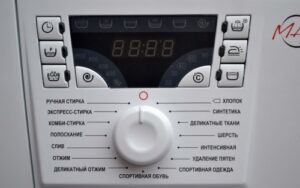 It happens that users who start the wash discover that the automatic machine turns off without finishing the cycle. Repeated presses of the start key have no effect. What to do in this case? Let's figure out why sometimes the washing machine turns off by itself. Let's talk about the most common reasons. Let's find out whether it is possible to “reanimate” the machine yourself.
It happens that users who start the wash discover that the automatic machine turns off without finishing the cycle. Repeated presses of the start key have no effect. What to do in this case? Let's figure out why sometimes the washing machine turns off by itself. Let's talk about the most common reasons. Let's find out whether it is possible to “reanimate” the machine yourself.
What problems could occur?
Before you try to fix the problem, you need to find out what exactly happened to the washer. Most often, the automatic machine turns off due to problems with the electricity supply. Without current, the “home assistant” simply cannot function. Therefore, you first need to check all the elements responsible for “powering” the device.
When the washing machine turns off by itself, check all the external and internal parts that provide “power” to the machine.
Do-it-yourself repairs should begin with checking the obvious things. To begin, make sure:
- whether the electricity supply is turned off in the house or room where the automatic machine is installed;
- Is the outlet where the washing machine is connected working?
- Is there any damage to the machine’s power cord and plug?

Such breakdowns are easy to fix with your own hands. There are other possible causes, such as:
- malfunction of the main control module;
- network key sticking;
- interference filter failure.
You can often fix the problem yourself. Sometimes the help of service center specialists is required (for example, if the control module breaks down). In any case, you should start by diagnosing the washing machine.
Checking the electrical
Most often, the reason for the sudden shutdown of the washing machine is trivial - lack of electricity supply. Press the switch to see if there is light in the room. Next, inspect the electrical panel; the plugs have probably been knocked out.
Often the washing machine turns off due to an overload in the electrical network, when several powerful appliances are working simultaneously. Turn off the power to other household appliances and start the machine again.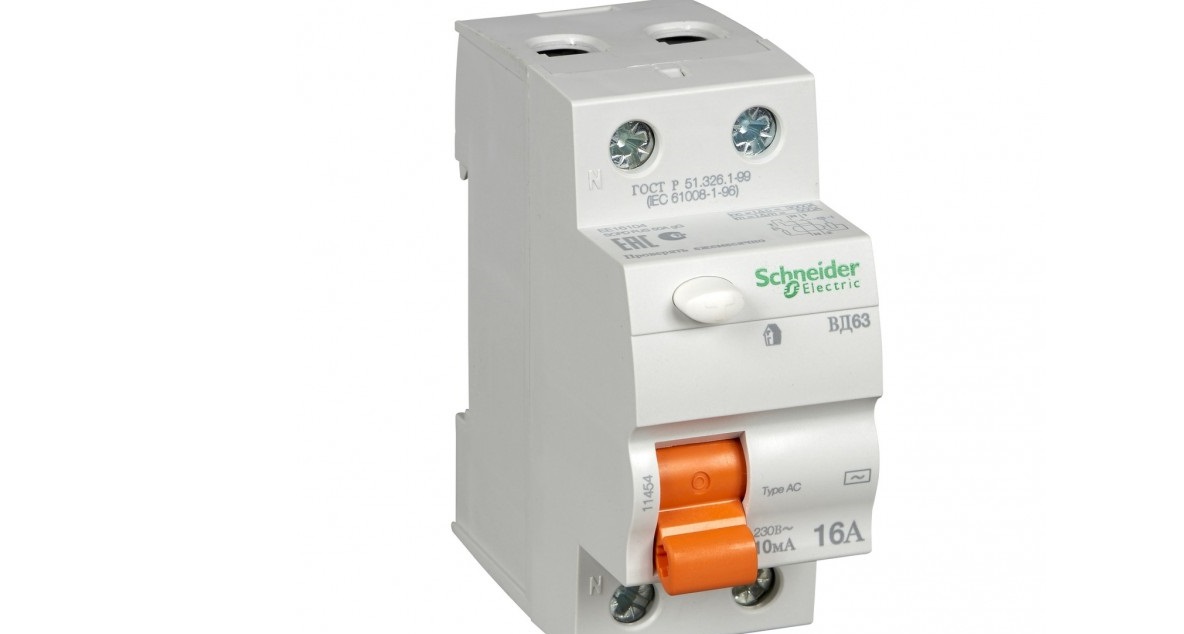
Sometimes the reason may be a tripped RCD. So, having detected high voltage in the network, the device turns off the washing machine. To “reanimate” the machine, it is necessary to eliminate intra-network faults.
At the next stage, inspect the outlet, make sure that there are no traces of burning or melted areas. If so, then the contacts are probably burnt out. The point will have to be repaired.
When the outlet looks as usual on the outside, try plugging in another household appliance. For example, a hair dryer or iron. If the equipment works, then everything is in order with the electric point.
If you find that the outlet is melted or has a burning smell, turn off the electricity supply to the room by flipping the switch on the panel and contact an electrician.
Having the necessary experience and knowledge, you can repair the outlet yourself. It usually melts due to a short circuit or damaged contacts. When changing the case, it is better to give preference to ceramic devices - they are stronger and better than plastic ones.
Noise filter
If the power supply is fine and the outlet works, then the problem is in the washing machine itself. Diagnostics of an automatic machine is carried out from simple to more complex, starting with the network cable and interference filter, ending with the control module. We'll tell you how to check the parts yourself.
The noise suppression filter is connected to the power cord. To check these details you need to: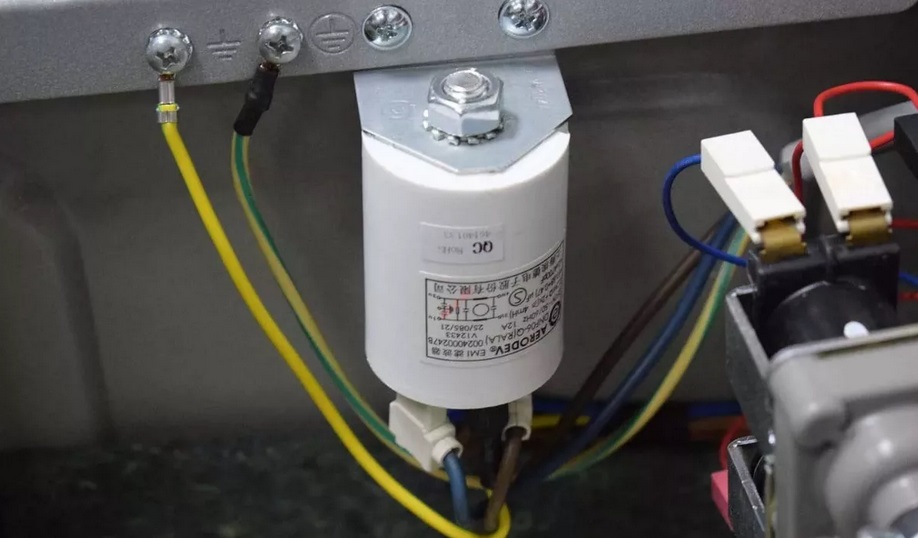
- de-energize the SMA;
- turn off the tap responsible for supplying water to the machine;
- move the washing machine away from the wall and furniture to provide free access to all sides of the case;
- remove the “top” of the washing machine by unscrewing the two bolts holding the lid;
- find the surge protector (it is installed closer to the back of the case, at the point where the power cable is connected);
- loosen the fasteners that secure the power cord;
- remove the interference filter and the network cable itself from the housing.
Next, inspect the surface and plug of the cord. If there are no defects, you need to check the wire with a special device - a multimeter. Switch the tester to resistance measurement mode and connect the probes to each other. The display should display zero - this means that the device is operational and ready for use.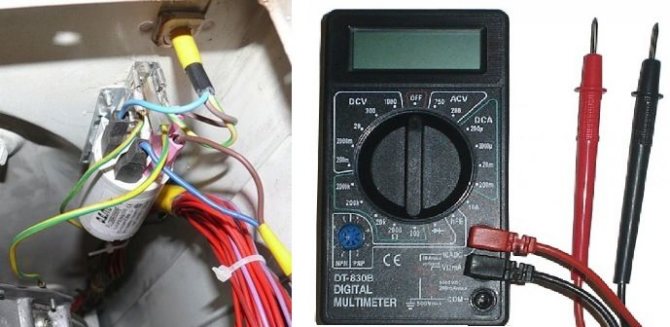
Set the multimeter to buzzer mode. Then ring the network wire core with a tester. Detecting contact between them, the device will produce a characteristic sound. The “silence” of the device will indicate a faulty cord.
It is strictly forbidden to test the wire unless it is unplugged from the outlet.
Once you determine that the wire is faulty, do not try to repair it using electrical tape or twisting. Otherwise, the short circuit may recur. It is safer and safer to buy and install a new power cord.
The interference filter is also checked with a multimeter. The probes of the tester, switched to buzzer mode, are applied to the terminals of the device. If you hear a squeak, you can proceed to the next stage - measuring the resistance. When the device outputs 0 or 1, the FPS needs to be changed. To replace, you should buy a noise suppression filter similar to the one removed.
It is better to entrust diagnostics and repair of the control module to specialists.To work with an electronic unit, you need to have certain skills and knowledge. Otherwise, you can only make the situation worse.
Interesting:
Reader comments
- Share your opinion - leave a comment

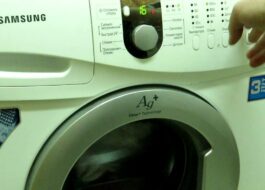

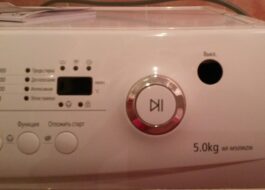
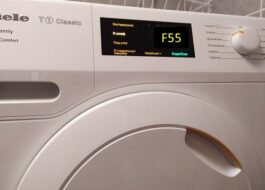
















Add a comment